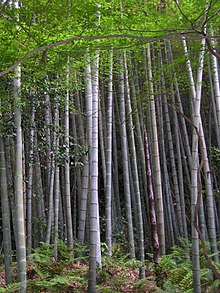Alphonse Briart (1825–1898) was supervisor of the coal mines at Bascoup and Mariemont near Morlanwelz in the Hainaut province of Belgium, and a geologist who studied that region. During the period 1863–1896 he and Francois Cornet published a number of books and papers describing fossils and geological structures found near Mons. They devised theories - now generally accepted - as to the geological history of the region. After Cornet's death in 1887, Briart continued to write alone.

The Commonwealth War Graves Commission (CWGC) is an intergovernmental organisation of six independent member states whose principal function is to mark, record and maintain the graves and places of commemoration of Commonwealth of Nations military service members who died in the two World Wars. The commission is also responsible for commemorating Commonwealth civilians who died as a result of enemy action during the Second World War. The commission was founded by Sir Fabian Ware and constituted through Royal Charter in 1917 as the Imperial War Graves Commission. The change to the present name took place in 1960.

Laventie is a commune in the Pas-de-Calais department in the Hauts-de-France region of France.

Private George Lawrence Price was a Canadian soldier. He is traditionally recognized as the last soldier of the British Empire to be killed during the First World War.

The Battle of Mons was the first major action of the British Expeditionary Force (BEF) in the First World War. It was a subsidiary action of the Battle of the Frontiers, in which the Allies clashed with Germany on the French borders. At Mons, the British Army attempted to hold the line of the Mons–Condé Canal against the advancing German 1st Army. Although the British fought well and inflicted disproportionate casualties on the numerically superior Germans, they were eventually forced to retreat due both to the greater strength of the Germans and the sudden retreat of the French Fifth Army, which exposed the British right flank. Though initially planned as a simple tactical withdrawal and executed in good order, the British retreat from Mons lasted for two weeks and took the BEF to the outskirts of Paris before it counter-attacked in concert with the French, at the Battle of the Marne.
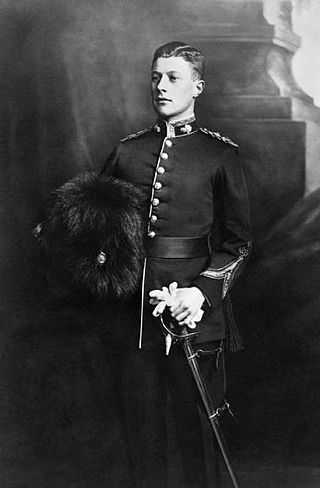
Maurice James Dease VC was an Irish recipient of the Victoria Cross, the highest and most prestigious award for gallantry in the face of the enemy that can be awarded to British and Commonwealth forces. He was one of the first British officer battle casualties of the war and the first officer to posthumously receive the Victoria Cross.

John Lynn VC DCM was an English recipient of the Victoria Cross, the highest and most prestigious award for gallantry in the face of the enemy that can be awarded to British and Commonwealth forces.
Saint Symphorien or Saint-Symphorian may refer to:
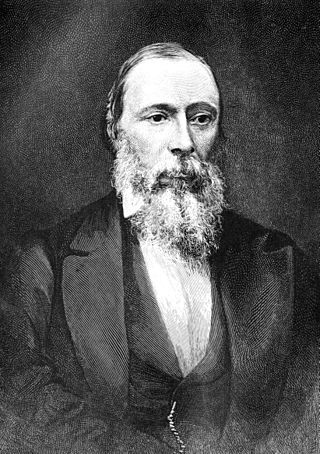
Jean-Charles Houzeau de Lehaie was a Belgian astronomer and journalist. A French speaker, he moved to New Orleans after getting in trouble for his politics in Belgium.

John Henry Parr was an English soldier. He is believed to be the first soldier of the British Empire to be killed during World War I.
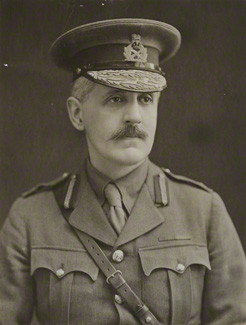
Major-General Sir Fabian Arthur Goulstone Ware was a British educator, journalist, and the founder of the Imperial War Graves Commission (IWGC), now the Commonwealth War Graves Commission (CWGC). He also served as Director of Education for the Transvaal Colony and editor of The Morning Post.

Saint-Symphorien is a sub-municipality of the city of Mons located in the province of Hainaut, Wallonia, Belgium. It was a separate municipality until 1977. On 1 January 1977, it was merged into Mons.

The Royal Meteorological Institute of Belgium is a Belgian federal institute engaged in scientific research in the field of meteorology. The RMI depends on the Belgian Federal Science Policy Office (BELSPO). The institute is a member of the World Meteorological Organization, of the European Centre for Medium-Range Weather Forecasts, of EUMETSAT, and of the EIG Eumetnet.
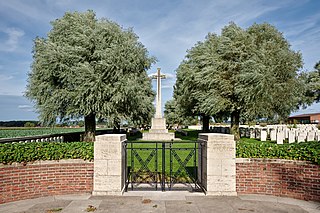
PerthCemetery is a Commonwealth War Graves Commission burial ground for the dead of the First World War located near Ypres (Ieper) in Belgium on the Western Front.

The St Symphorien Military Cemetery is a First World War Commonwealth War Graves Commission burial ground in Saint-Symphorien, Belgium. It contains the graves of 284 German and 229 Commonwealth soldiers, principally those killed during the Battle of Mons. The cemetery was established by the German Army on land donated by Jean Houzeau de Lehaie. It was initially designed as a woodland cemetery before being redesigned by William Harrison Cowlishaw after the Imperial War Graves Commission took over maintenance of the cemetery after the war.

Private George Edwin Ellison was the last British soldier to be killed in action during the First World War. He died at 09:30 am, shot by a sniper while on a patrol in woodland on the outskirts of Mons, Belgium.
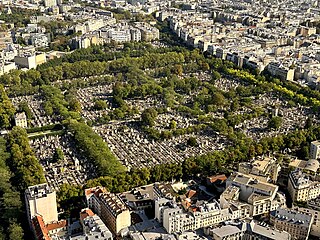
Montparnasse Cemetery is a cemetery in the Montparnasse quarter of Paris, in the city's 14th arrondissement. The cemetery is roughly 47 acres and is the second largest cemetery in Paris. The cemetery has over 35,000 graves and approximately a thousand people are buried here each year.

The centenary of the outbreak of World War I was commemorated in Europe in late July and early August 2014. A century earlier, the July Crisis, which occurred after the assassination of Archduke Franz Ferdinand, had culminated in Austria-Hungary declaring war on the Kingdom of Serbia, which Austria-Hungary blamed for the assassination, on 28 July 1914. Over the following days and weeks, this action and the invasion of Luxembourg and Belgium by the German Empire led to a succession of other declarations of war that drew the major European powers into a worldwide conflict. A century later, governments in Europe held a series of official commemorative events to mark the occasion.

Adinkerke Military Cemetery is a Commonwealth War Graves Commission (CWGC) burial ground for the dead of the Western Front of the First and Second World War. It is located near Adinkerke in the municipality of De Panne in western Belgium, close to the French border. The cemetery is surrounded by farmland and can only be reached via a 50-metre grassed path which is not suitable for vehicles.
![Portrait of Jean Houzeau de Lehaie by Marcel G. Lefrancq [fr] (1950) Jean Houzeau de Lehaie.jpg](http://upload.wikimedia.org/wikipedia/commons/thumb/f/f5/Jean_Houzeau_de_Lehaie.jpg/220px-Jean_Houzeau_de_Lehaie.jpg)
